
There are different opinions on the interpretation of the figures of Frederick. Many believe that the artist was not strong in the image of a human figure, and that’s why he preferred to write it either at night or from the back. This technique allows the artist to designate only the silhouette, minimizing the number of small details. However, it is unlikely that such an explanation can be considered sufficiently convincing if we recall the few self-portraits of the artist proving his ability to convey similarities.
Most likely, Frederick portrayed his heroes from the back in order to give the figures a universal sound and create a generalizing image. A vivid example of this approach is the picture “Woman at the Window”, 1822, where the artist’s wife is transformed into a collective image of “just a woman”. In the same way, the artist also solves male images in the paintings “A Wanderer Over the Sea of Clouds”, 1818 and “The Rise of the Moon”, 1835-37.
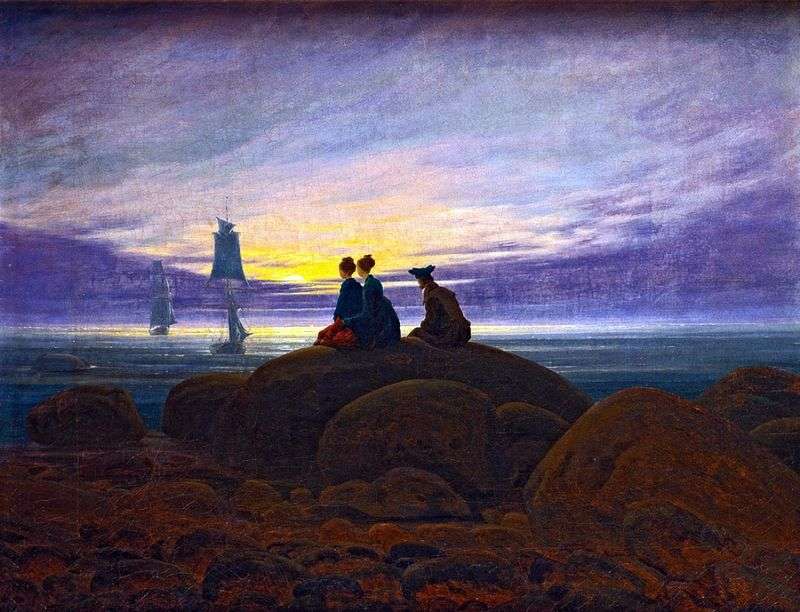 Moonrise over the sea by Caspar David Friedrich
Moonrise over the sea by Caspar David Friedrich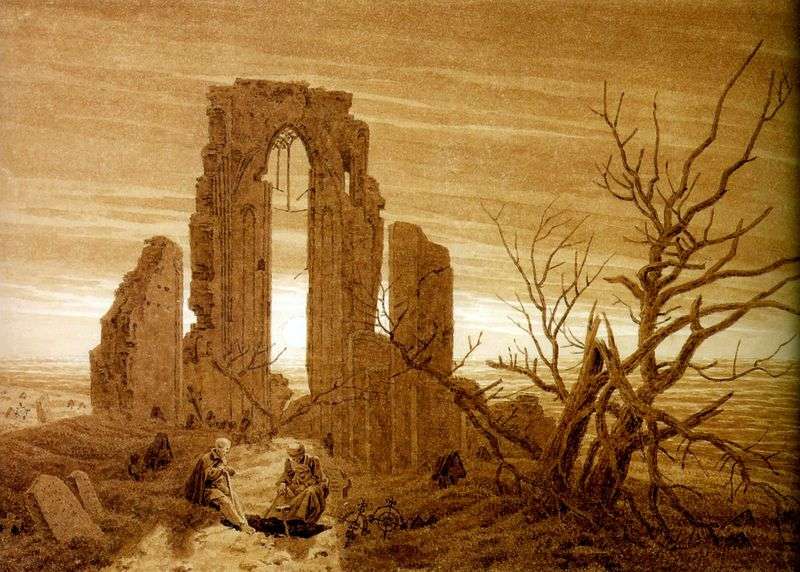 Ruins of the abbey in Eldene by Caspar David Friedrich
Ruins of the abbey in Eldene by Caspar David Friedrich Evening by Caspar David Friedrich
Evening by Caspar David Friedrich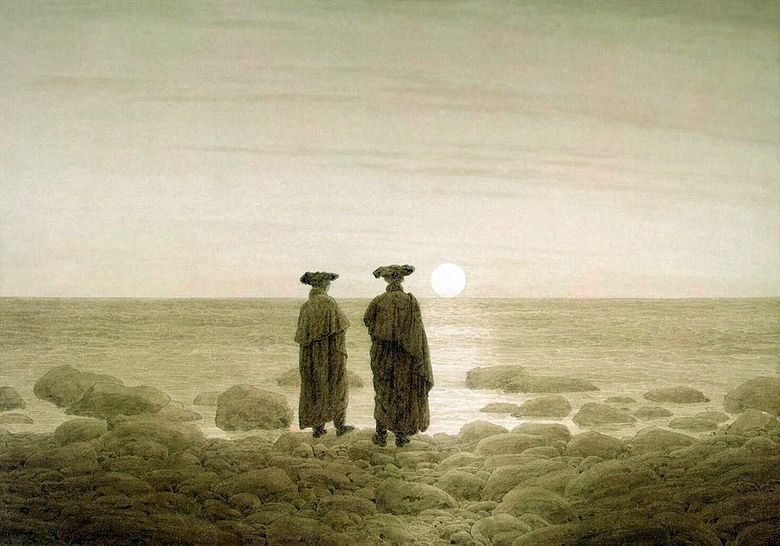 Lever de lune – Caspar David Friedrich
Lever de lune – Caspar David Friedrich Shipwreck in the Arctic by Caspar David Friedrich
Shipwreck in the Arctic by Caspar David Friedrich Cross in the mountains by Caspar David Friedrich
Cross in the mountains by Caspar David Friedrich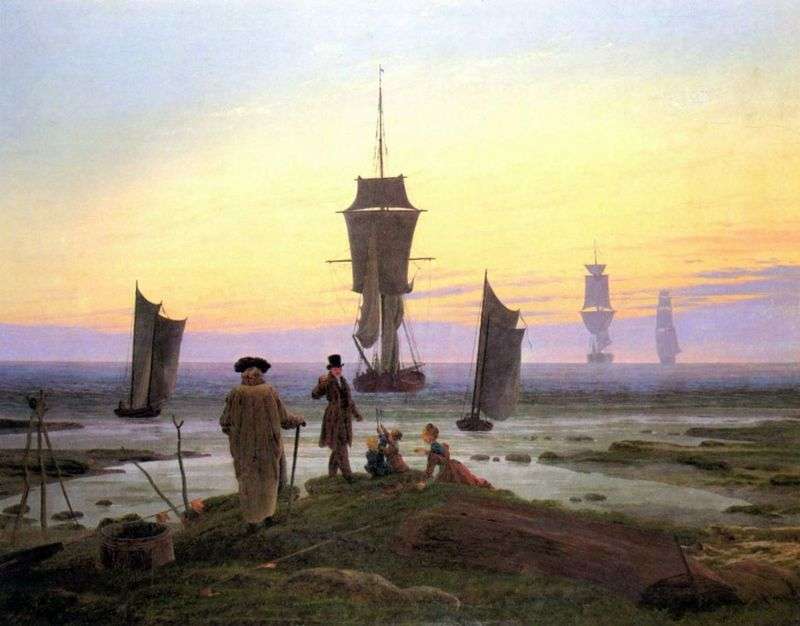 Steps of life by Caspar David Friedrich
Steps of life by Caspar David Friedrich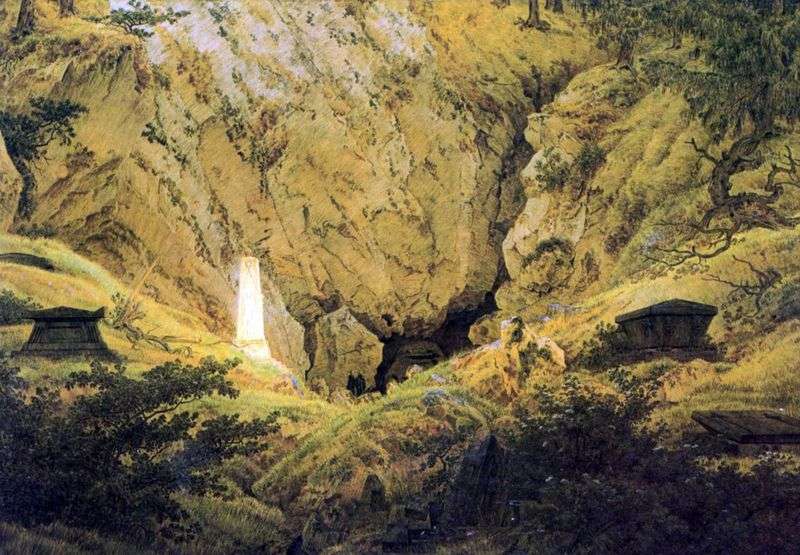 Graves of ancient heroes by Caspar David Friedrich
Graves of ancient heroes by Caspar David Friedrich